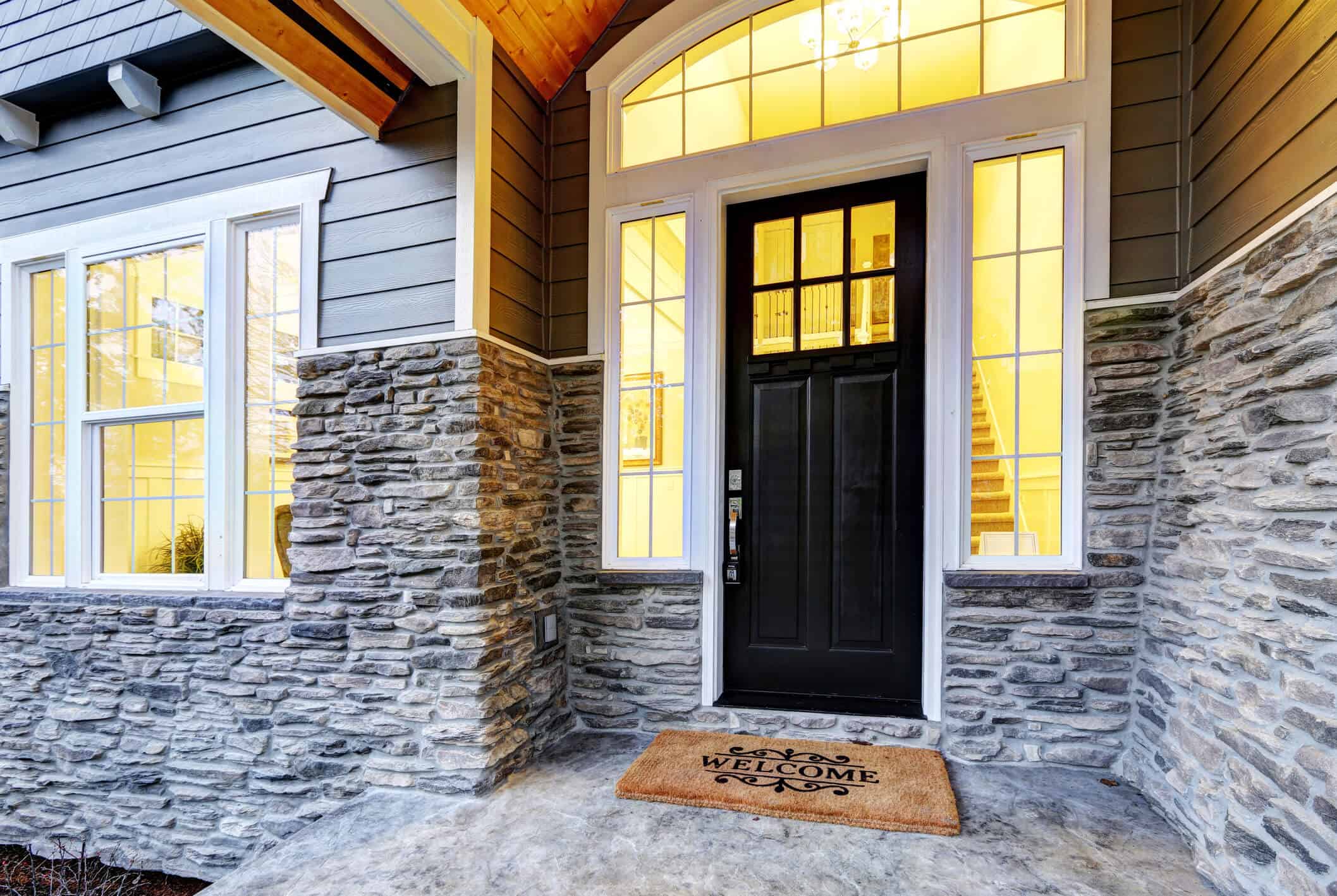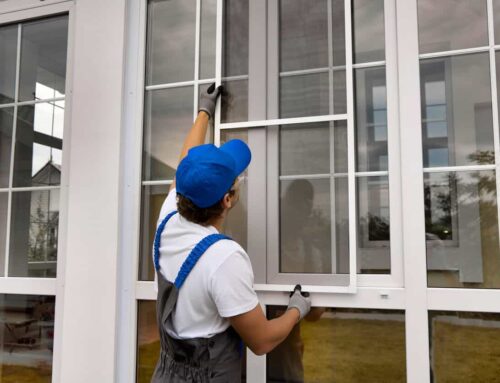
Last month we helped you understand energy-efficiency tax credits for homeowners. We discussed the Inflation Reduction Act of 2022, which extended and increased the benefits of the Energy Efficient Home Improvement Credit (EEHIC). This month, we will give you a step-by-step guide on how to apply for energy-efficiency tax credits.
Contents
- 1 Steps For Making Energy-Efficient Home Improvements
- 1.1 Step 1: Discuss your plan with your tax preparer or accountant to see if you qualify for the Inflation Reduction Act benefits.
- 1.2 Step 2: Understand how the tax credits for new windows and doors work.
- 1.3 Step 3: Schedule a consultation with a window and door installation company.
- 1.4 Step 4: Complete the appropriate forms to claim the tax credit.
- 2 Get Started On Your Home Improvement Projects Today
- 3 Key Takeaways on How to Apply for Energy Efficiency Tax Credits
Contents
- 1 Steps For Making Energy-Efficient Home Improvements
- 1.1 Step 1: Discuss your plan with your tax preparer or accountant to see if you qualify for the Inflation Reduction Act benefits.
- 1.2 Step 2: Understand how the tax credits for new windows and doors work.
- 1.3 Step 3: Schedule a consultation with a window and door installation company.
- 1.4 Step 4: Complete the appropriate forms to claim the tax credit.
- 2 Get Started On Your Home Improvement Projects Today
- 3 Key Takeaways on How to Apply for Energy Efficiency Tax Credits
Steps For Making Energy-Efficient Home Improvements
While these programs can help you earn tax credits for installing geothermal heat pumps, central air conditioners, solar panels, and other energy-efficient products, this article will focus on the tax credits you can earn from installing new doors and windows.
Step 1: Discuss your plan with your tax preparer or accountant to see if you qualify for the Inflation Reduction Act benefits.
Of course, before you do any home improvement projects with the hope of receiving tax benefits, talk with your tax preparer to make sure your energy-efficient home improvements qualify for the program.
The improvements must be completed on your primary home, which must be in the U.S.
To be clear, you aren’t eligible for the tax credit for installing energy-efficient doors and windows on a new home. And you can’t claim this credit if 80% of the residence is used for your business.
Step 2: Understand how the tax credits for new windows and doors work.
The credit equals 30% of certain qualified expenses, including energy efficiency improvements installed during the year. When calculating your credit, you may need to subtract subsidies, rebates, or other financial incentives.
You can receive $250 in tax credit for each exterior door you install that meets Energy Star requirements. You are limited to two doors – or $500 total.
In addition, homeowners can receive up to $600 in tax credits for exterior windows and skylights that meet Energy Star Most Efficient certification requirements.
It’s worth noting that the credit has no lifetime dollar limit, so you can get tax credits for projects you complete each year until the program’s end in 2033.
It’s also important to note that you can’t get back more on the credit than you owe in taxes. Additionally, you can’t apply any excess credit to future tax years.
Step 3: Schedule a consultation with a window and door installation company.
The end of the year is fast approaching, so if you want to make energy-saving improvements, you need to act now.
Schedule an in-person consultation with Woodbridge Home Solutions. Woodbridge Home Solutions services homeowners in Texas, Oklahoma, and Kansas. We offer energy-efficient windows and exterior doors that will beautify your home and help you qualify for the tax credits described in this article.
(Of course, you will also save money on energy costs! There are many benefits to completing energy-efficient improvements!)
It’s important to note that your doors and windows need to be installed before the end of the year if you are interested in saving money on this year’s taxes.
Step 4: Complete the appropriate forms to claim the tax credit.
Of course, with any government program, there are forms to complete. When you file your taxes for the 2023 tax year, complete Form 5695, Residential Energy Credits Part II, and add it to your tax return to claim the credit.
Get Started On Your Home Improvement Projects Today
There’s no better time to purchase new doors and windows. Schedule a design consultation with Woodbridge Home Solutions. You’ll improve your home’s security, looks, and energy efficiency by installing our quality products.
Key Takeaways on How to Apply for Energy Efficiency Tax Credits
- Make sure you qualify for tax credits for making energy-efficient home improvements on your home. (There’s no income limit for this program!)
- Understand how the tax credits work. (The tax credits equal 30% of certain qualified expenses, including the purchase and installation of new energy-efficient windows and doors.)
- Schedule a consultation today because the project needs to be completed by the end of the year to qualify for the tax credit.
- Fill out the appropriate tax forms to receive your tax credit.







